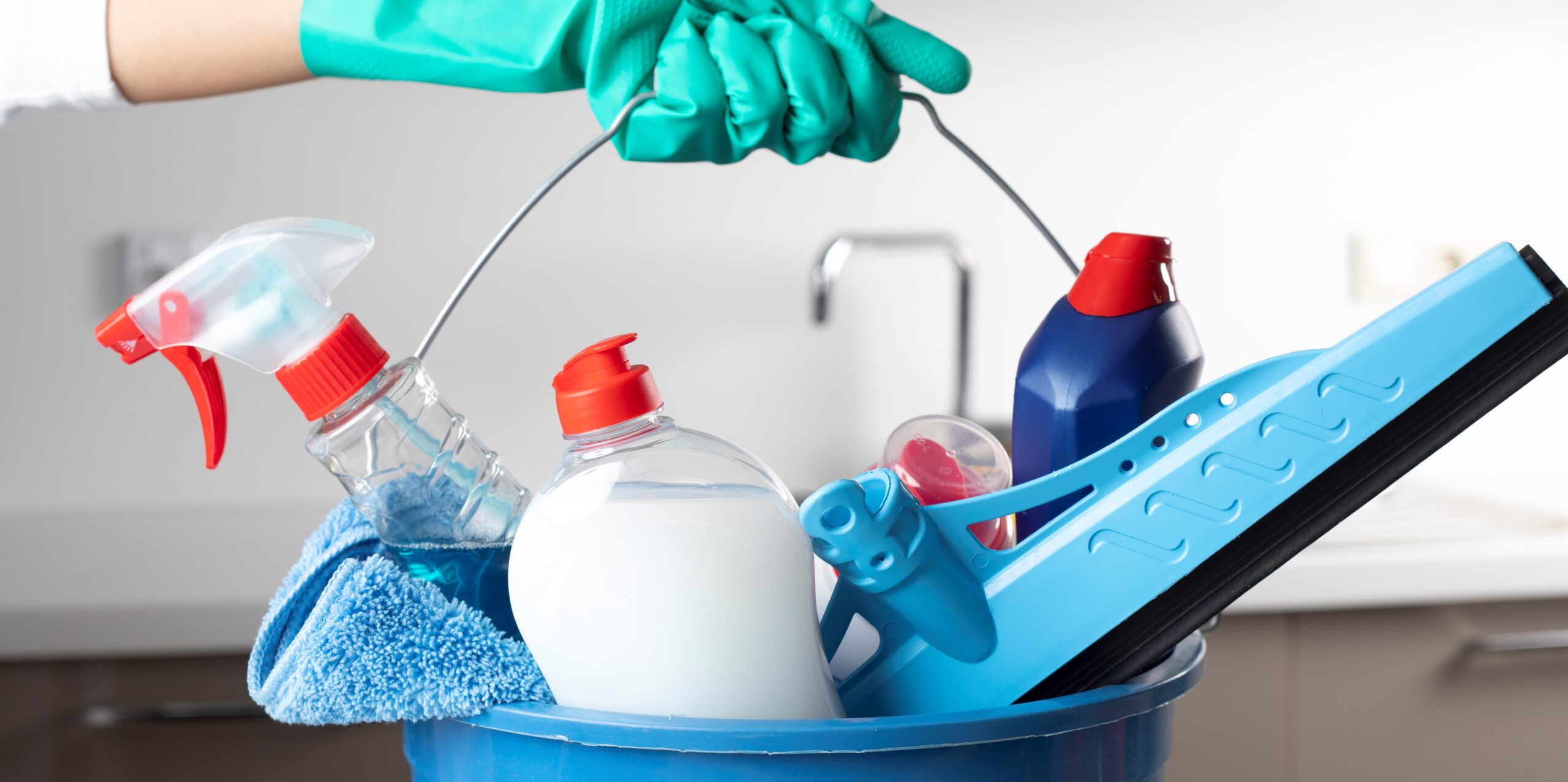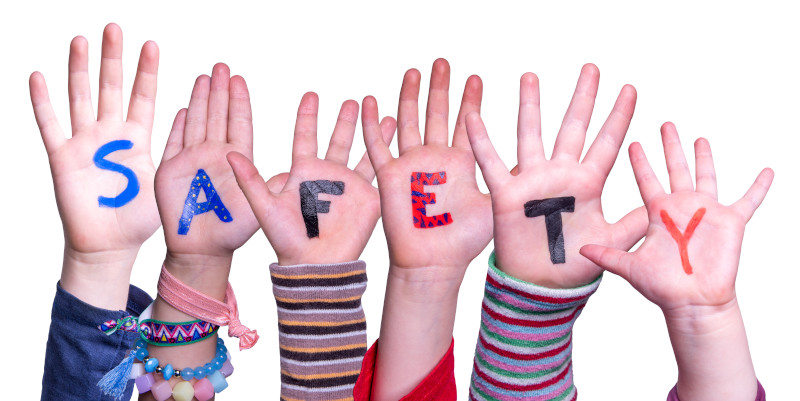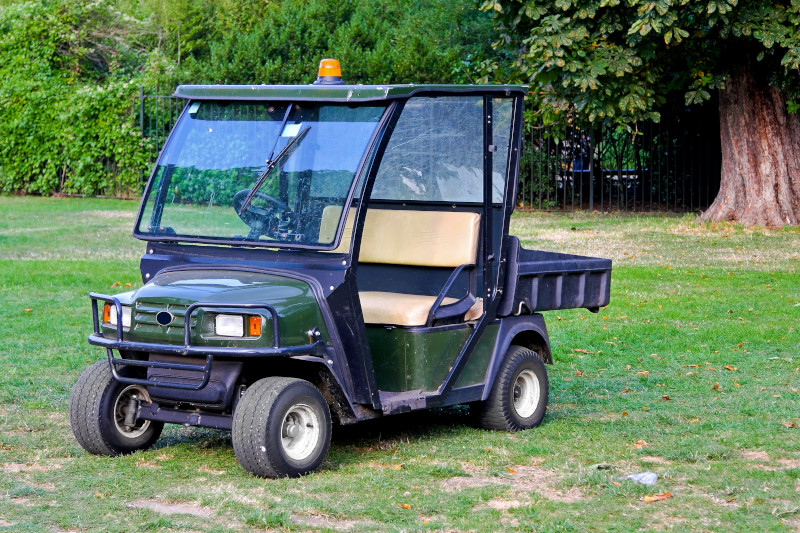Protection from Bloodborne Pathogens

When you work in a school, you are bound to cross paths with bodily fluids, including blood and vomit. While your instinct is to protect the children involved and find treatment for their nosebleed, cut or ailment as quickly as possible, you also need to care for yourself. In this case, that means protecting yourself from bloodborne pathogens (BBPs).
BBPs are microscopic organisms that are found in the blood and can be transmitted through bodily fluids. They can cause illnesses including the human immunodeficiency virus (HIV), hepatitis B and C, syphilis, malaria and brucellosis. One person can infect another when the first person’s bodily fluids come into contact with a cut or other orifice in the body.
CM Regent shares the following steps to protect yourself from BBPs:
- Always use personal protective equipment (PPE) if you are providing first aid or cleaning up bodily fluids. Proper PPE includes latex gloves and a mouth barrier, if you are providing cardiopulmonary resuscitation. Before using any PPE, check first to make sure they are not defective or torn.
- Treat all bodily fluids as if they are infected. If it is a non-emergency and time allows, avoid the fluid. However, if you cannot avoid it, you should at least make sure others can. You can mark off the area with “Wet Floor” signs.
- Take care when handling sharps or needles. Improper handling of contaminated sharps is one of the most common ways caregivers can be exposed to bloodborne pathogens. Take extreme caution when handling and disposing of sharps — you should always have a sharps container in a school health room.
- Wash your hands thoroughly. If you have contact with a potentially infected substance, wash your hands thoroughly with antibacterial soap and water as soon as possible. This will reduce your risk for infection. Even when you are using gloves, you should wash your hands as soon as you remove the gloves.
- Always report an exposure incident to your supervisor. Even if you are reasonably sure you have not become infected, it is best practice to document the incident.
Anyone who works with children knows that schools can be a breeding ground for many different types of diseases. You can help students while also keeping yourself safe.




